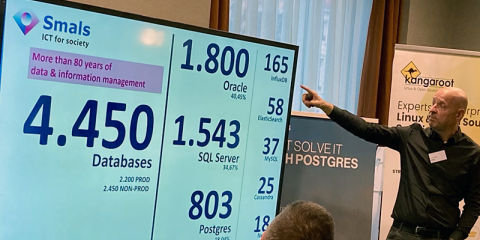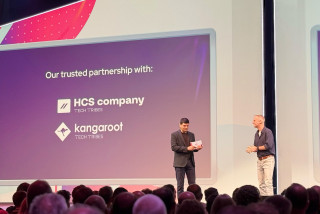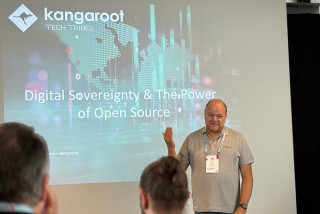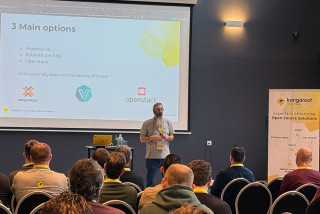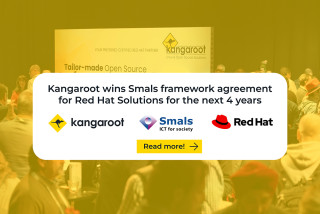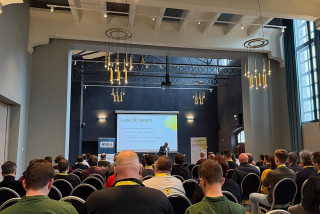Kicking Out Oracle: Is an Open Source Database the Smarter Choice?
Open or closed? It’s a crucial question when choosing a database management system. At Open for GOV, a clear call for open source was made; but making the switch is anything but simple.
Open for GOV is a biannual event that brings together IT experts from Belgium’s open source community and the public sector. The goal: to exchange ideas and experiences around adopting open source technologies in public institutions. ITdaily joined the latest 2024 edition, which focused entirely on one topic: databases.
Focusing on a single theme is rare, notes Hans Dillen, Business Development Manager at Kangaroot, in his opening address.
Rarely one specific technology is the issue. The real complexity lies in stitching together different technologies.
Kangaroot, the event’s organiser, has 25 years of open source and Linux expertise. Convincing the public sector of open source wasn’t easy at first, but the Tallinn Declaration, adopted in the European Parliament on October 6, 2017, marked a turning point. Today, Kangaroot proudly serves several Belgian public institutions.
A Flashback to the 1990s
Dirk Deridder, representing Smals, took the stage next — and began with a history lesson:
“We’ve been talking about an ‘information explosion’ since the 1930s. Data generation evolved from centralization to decentralization and now back to recentralization. It often feels like databases are stuck in the 1990s.”
Deridder illustrated his point with figures:
“In our organisation alone, data has grown from 1 petabyte to 29 petabytes in just ten years. How valuable is all that data really? Often, we keep information even when it’s no longer needed.
To control costs, we must avoid wasting storage capacity. Data that doesn’t exist costs you nothing.
The Cost of Closed Licenses
Deridder, a regular at open source conferences, explained why Smals, the IT provider for Belgium’s social security institutions,is leading the open source charge in government. Their ReUse platform is heavily based on open source components.
Smals is currently migrating its databases to open source database systems.
We have nearly 4,500 databases. Around 40% still run on Oracle, while 18% are on PostgreSQL. We’re moving in the right direction, but there’s still a lot to do.
The name Oracle came up and not for the last time. Oracle remains one of the most widely used database platforms, but PostgreSQL is gaining ground as its open source counterpart.
“The reasons to switch are clear,” said Deridder. “Simpler configuration, clearer licensing. To understand Oracle’s licenses, you need a PhD. Users must figure out on their own how to optimize their license use.”
He added a caveat:
“There are also plenty of myths about open source; like that it’s automatically cheap. For me, the value lies in building sustainable IT solutions and fostering collaboration and synergy. The fact that open source frees you from ‘Machiavellian’ license models is a welcome bonus.”
“IT Rarely Comes Out of the Box”
“Why open source? To me, the question is both strange and completely valid,” Deridder continued. “69% of all global code is open source. Proprietary vendors couldn’t exist without it. Yet moving from proprietary to open source is harder than the reverse.”
Migrating a database still requires a lot of manual work — a sign, he argues, that database management remains stuck in the dark ages. Not all open source tools are created equal, and enterprise support is sometimes necessary.
“You need to find the right sweet spot.”
He concluded with a sober warning:
Should you switch to open source? Absolutely — but beware of new forms of vendor lock-in. Migration can be hard. You’ll need time, planning, budget, and expertise. IT rarely comes ready-made out of the box.
Article written by Jens Jonkers, journalist for ITdaily.

